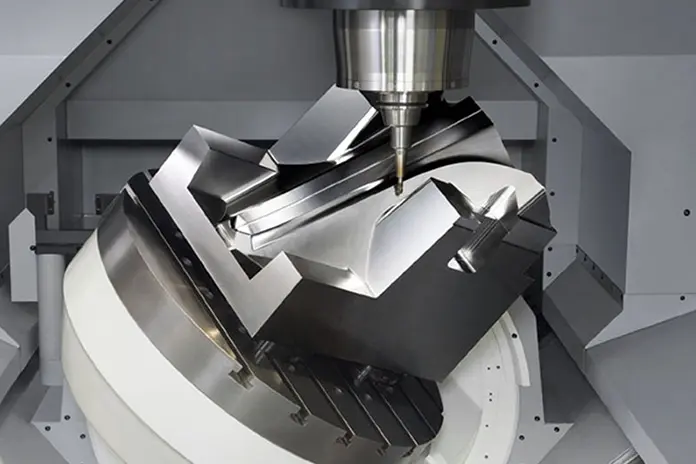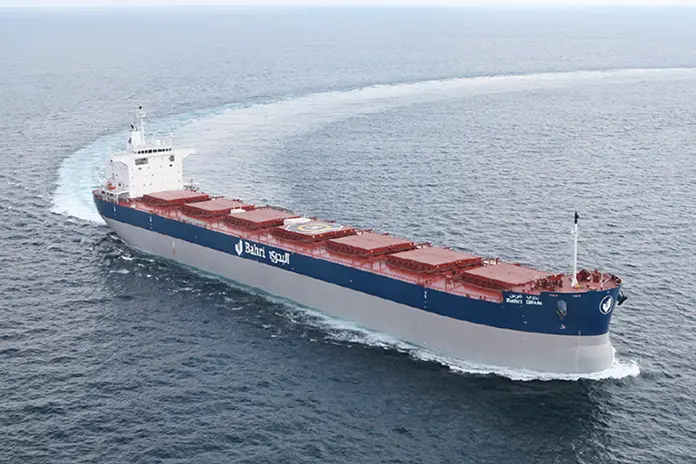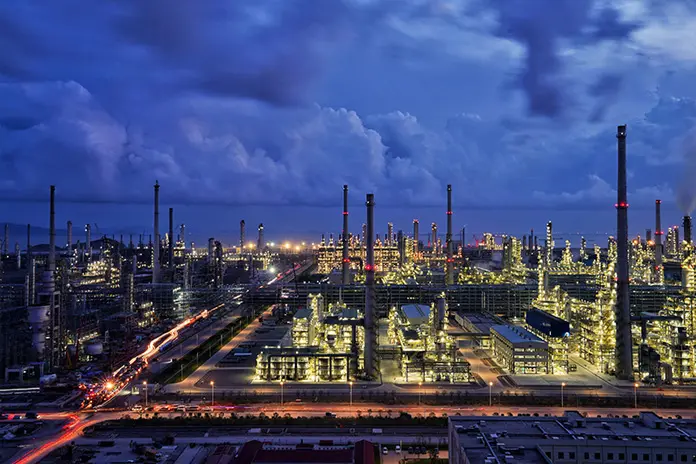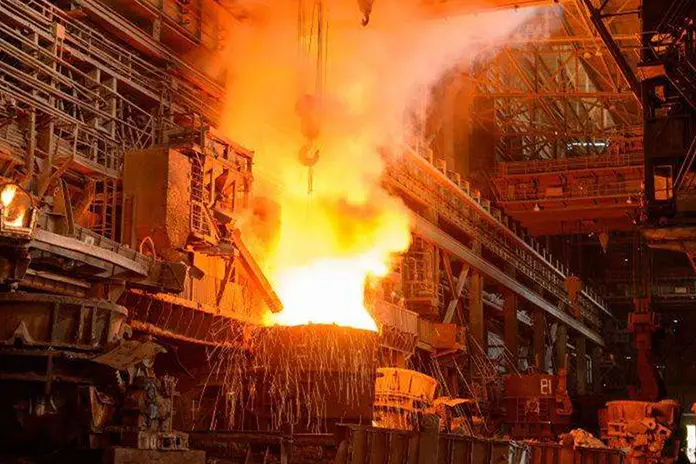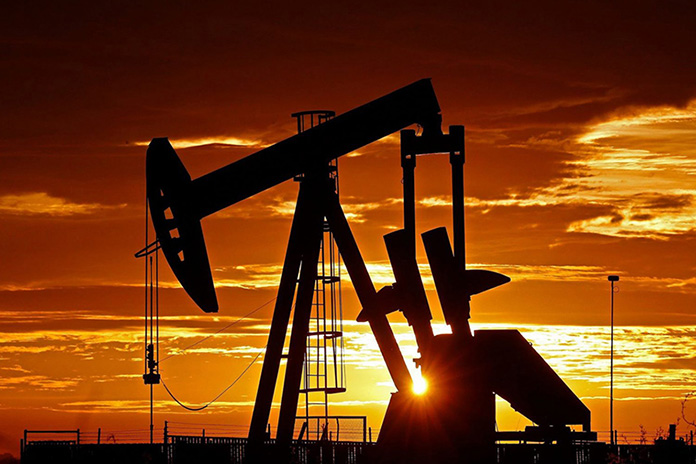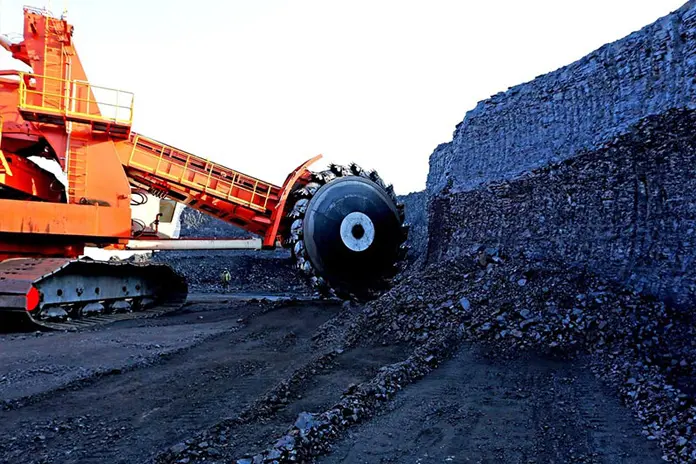Oil Drilling
1. Industry Background Analysis
Harsh Working Environment
Oil and gas drilling operations subject equipment to extreme conditions:
● High Load & Impact: Drill collars and rods endure axial loads up to 500 tons and torsional stresses exceeding 100 MPa during directional drilling. Sudden rock formations can induce impact forces of 2,000 J, leading to fatigue cracks in drill rods.
● Corrosive Mud Scouring: Drilling mud containing H₂S, CO₂, and chlorides (pH 9-11) causes severe electrochemical corrosion. Mud velocities of 15 m/s can erode steel surfaces at 0.5 mm/year, while H₂S concentrations above 100 ppm accelerate sulfide stress cracking.
● Abrasive Wear: Rock cuttings (quartz content up to 70%, Mohs hardness 7) in mud slurry accelerate wear on stabilizers and valves. Plungers in mud pumps experience linear wear rates of 0.1-0.3 mm/hour under high-pressure (up to 50 MPa) conditions.
Component Failure Modes
● Coating Peeling: Traditional hard chrome plating (HCP) on plungers exhibits bonding strengths of 20-30 MPa, leading to delamination after 500-1,000 hours of operation.
● Corrosive Wear: Drill collars exposed to acidic muds (pH < 6) develop pitting corrosion with depths reaching 1 mm in 30 days.
● Fatigue Fracture: Stabilizers subjected to cyclic bending stresses (±50 MPa) at 2 Hz develop cracks after 10⁶ cycles, risking wellbore instability.
2. Laser Cladding Solutions
External Cylindrical Laser Cladding
Ideal for drill collars and plungers, this technique offers:
● Process Parameters: 3-5 kW fiber laser, 600-1,200 mm/min scan speed, 5-15 g/min powder feed rate.
● Coating Properties: NiCrBSi alloy coatings (0.8-2 mm thick) achieve hardness of 550-750 HV, corrosion resistance 10x higher than bare steel (based on ASTM G102).
● Dimensional Accuracy: Heat-affected zone < 0.3 mm, ensuring minimal distortion (< 0.05 mm/m).
● Material Efficiency: Powder utilization rate > 95%, reducing material waste by 70% compared to thermal spraying.
Curved Surface Laser Cladding
Optimized for stabilizers and valves with complex geometries:
● Trajectory Control: 6-axis robotic systems enable precise cladding on contours with radii as small as 15 mm.
● Multi-Material Deposition: Composite coatings (e.g., WC-NiCr) combine hardness (1,200-1,800 HV) and toughness (KIC > 15 MPa·m½).
● Bond Strength: Metallurgical bonding (> 400 MPa) resists impact forces up to 300 J without delamination.
● Wear Resistance: Clad surfaces exhibit 5-8x lower wear rates than HCP under abrasive slurry tests (ASTM G75).
3. Case Applications
Plunger Restoration in Mud Pumps
A North Sea oilfield replaced HCP plungers with laser-clad equivalents:
● Coating: Stellite 6 alloy (1.5 mm thick) applied via coaxial powder feeding.
● Performance: Lifespan increased from 3 months to 18 months, reducing downtime by 75%.
● Cost Savings: $250,000 annual savings from reduced replacements and maintenance.
Drill Collar Corrosion Protection
A shale gas project in Texas implemented laser-clad Inconel 625 coatings:
● Testing: 1,000-hour exposure to H₂S-saturated brine (150°C, 10 MPa) showed 0.02 mm/year corrosion rate vs. 0.8 mm/year for uncoated steel.
● Field Results: No visible corrosion after 12 months of service in sour wells.
Stabilizer Wear Resistance Enhancement
A deepwater drilling operation in Brazil clad stabilizer blades with WC-12Co:
● Abrasion Test: Volume loss reduced from 0.2 cm³ to 0.03 cm³ after 10,000 cycles (ASTM G65).
● Field Performance: Extended blade life from 2 wells to 8 wells per refurbishment.
4. Technical Comparison
|
Metric |
Laser Cladding |
Thermal Spraying |
Hard Chrome Plating |
| Bond Strength (MPa) | 400-600 | 50-80 | 20-30 |
| Coating Hardness (HV) | 500-1,800 | 300-800 | 600-900 |
| Porosity (%) | < 0.5 | 5-15 | N/A |
| Heat-Affected Zone (mm) | 0.2-0.5 | 1-3 | N/A |
| Environmental Impact | Low (no hexavalent Cr) | High (VOCs) | High (toxic waste) |
5. Economic and Environmental Benefits
● Cost Reduction: Laser cladding reduces component replacement costs by 40-60% and extends service intervals by 2-3x.
● Energy Efficiency: 30-40% lower energy consumption compared to conventional welding processes.
● Sustainability: Eliminates hexavalent chromium emissions and reduces material waste through precise powder deposition.
In conclusion, laser cladding technology provides a transformative solution for enhancing the durability and reliability of drilling equipment in extreme environments, delivering both economic and environmental advantages over traditional methods.
Case Application
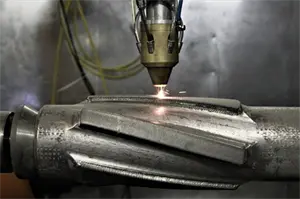
Centralizer laser cladding
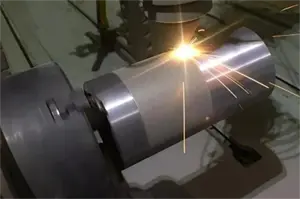
Plunger laser cladding
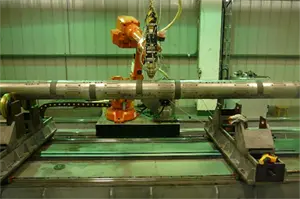
Drill pipe laser cladding

